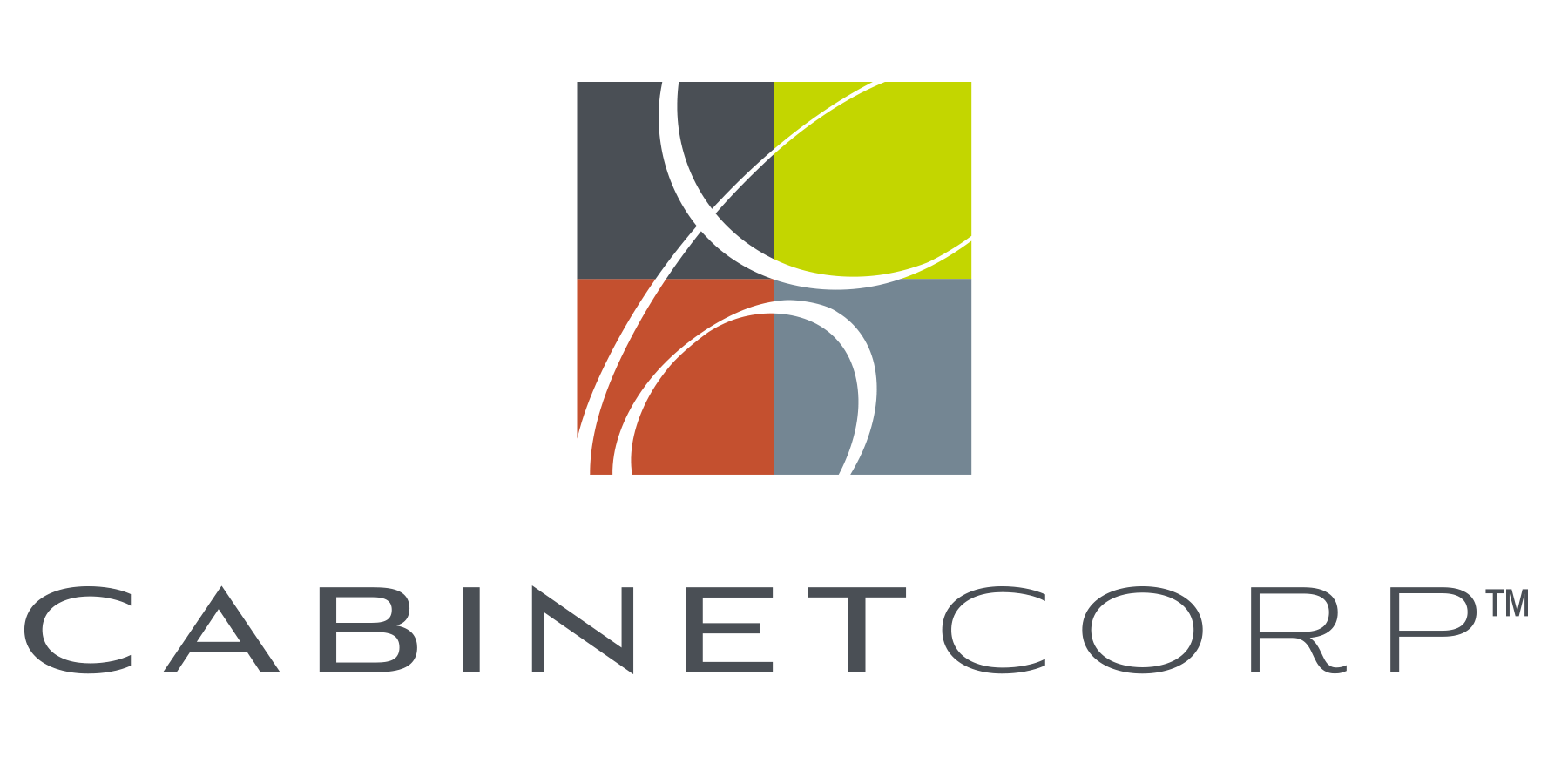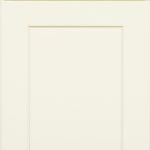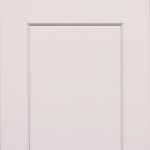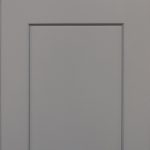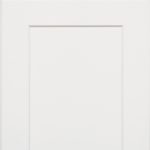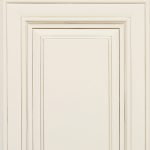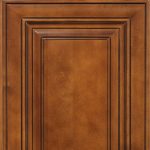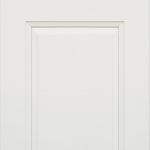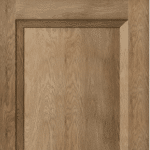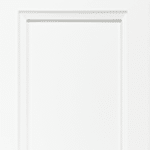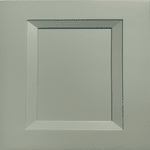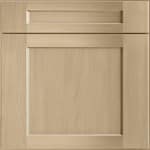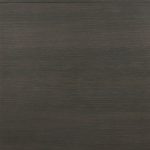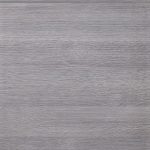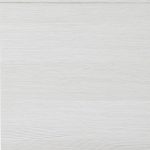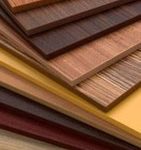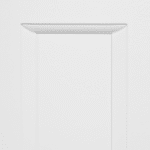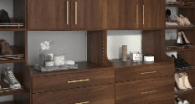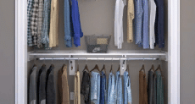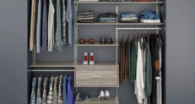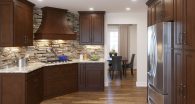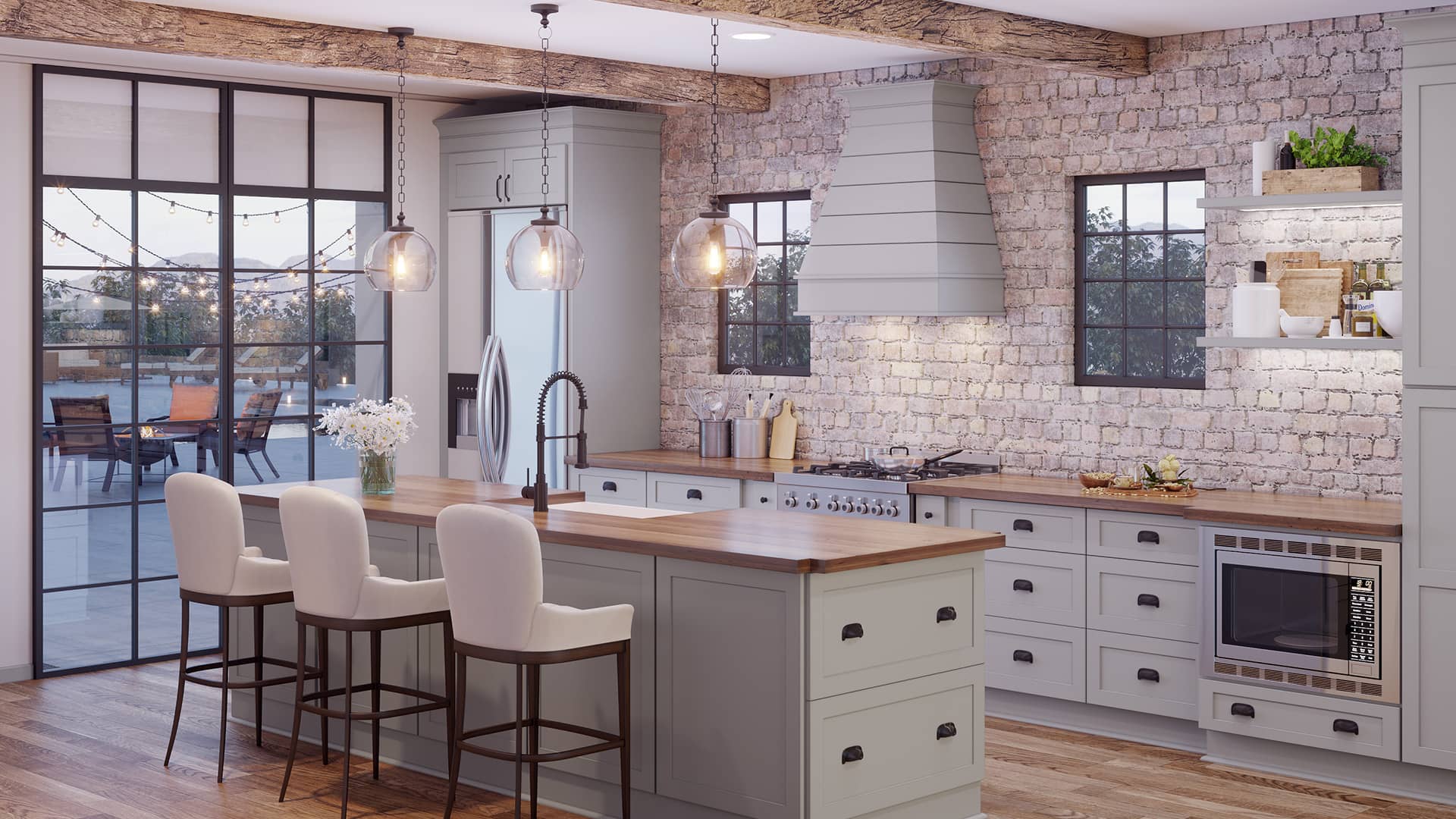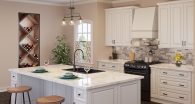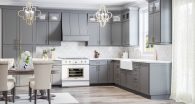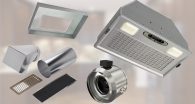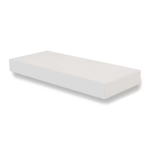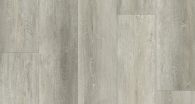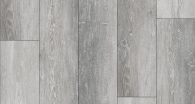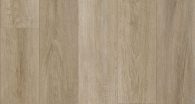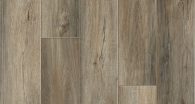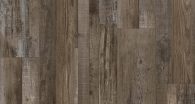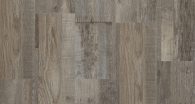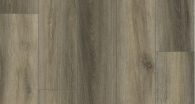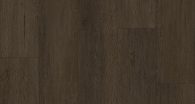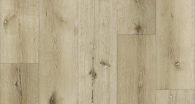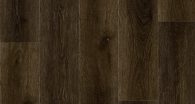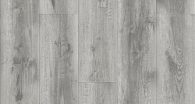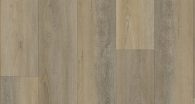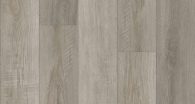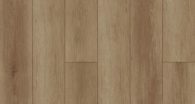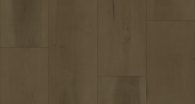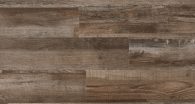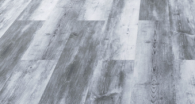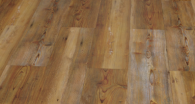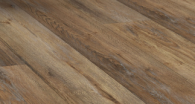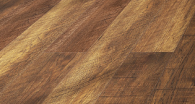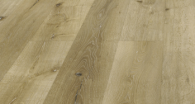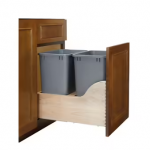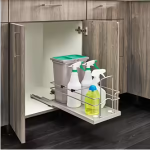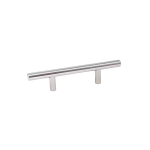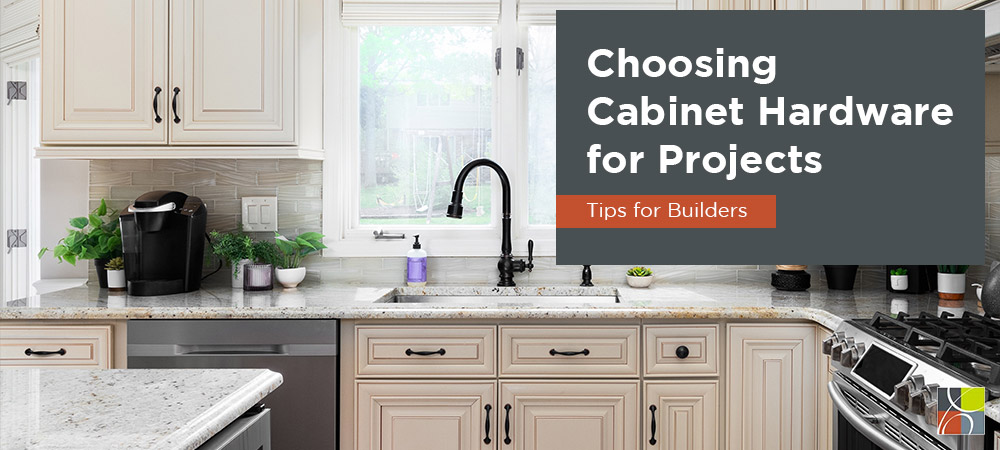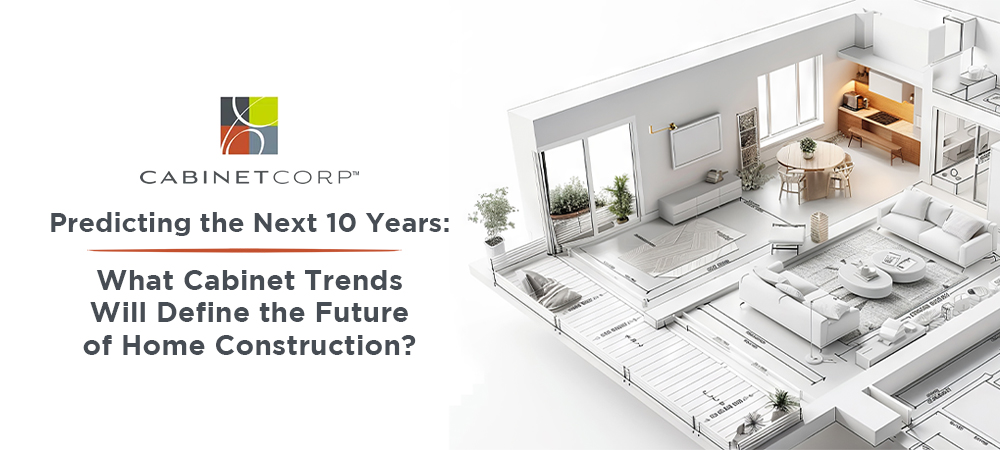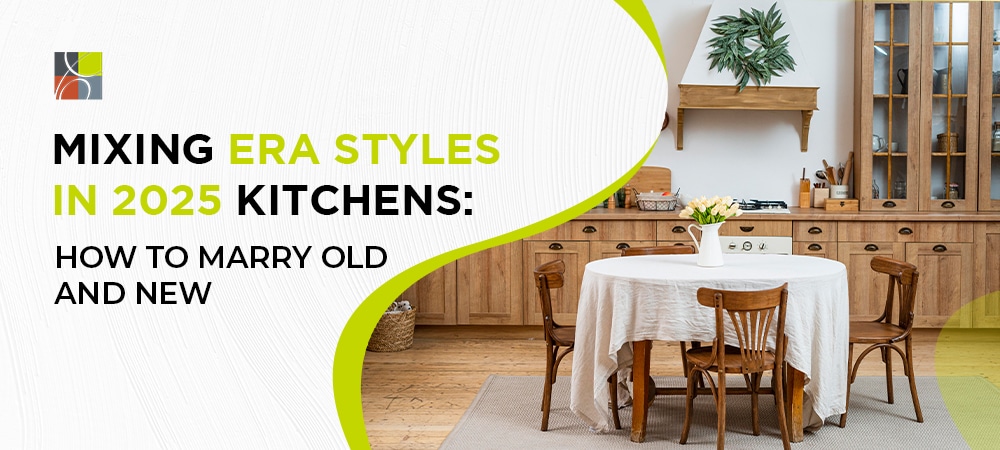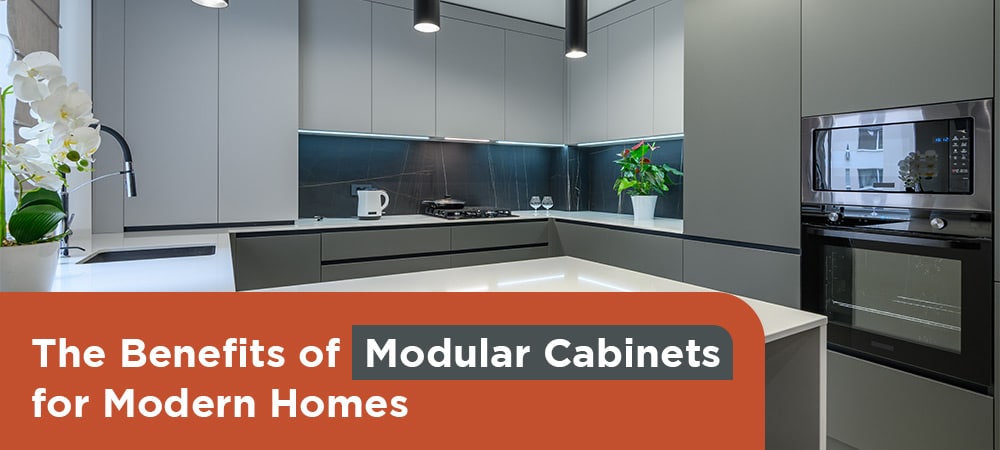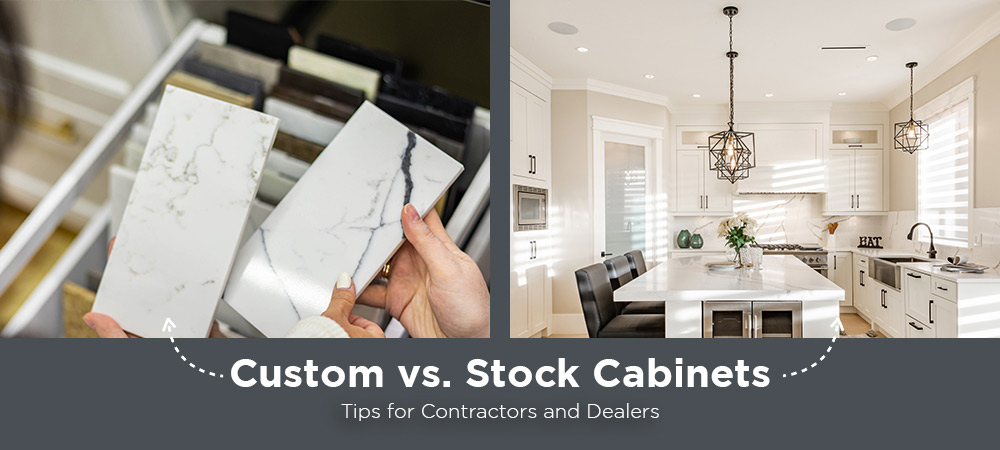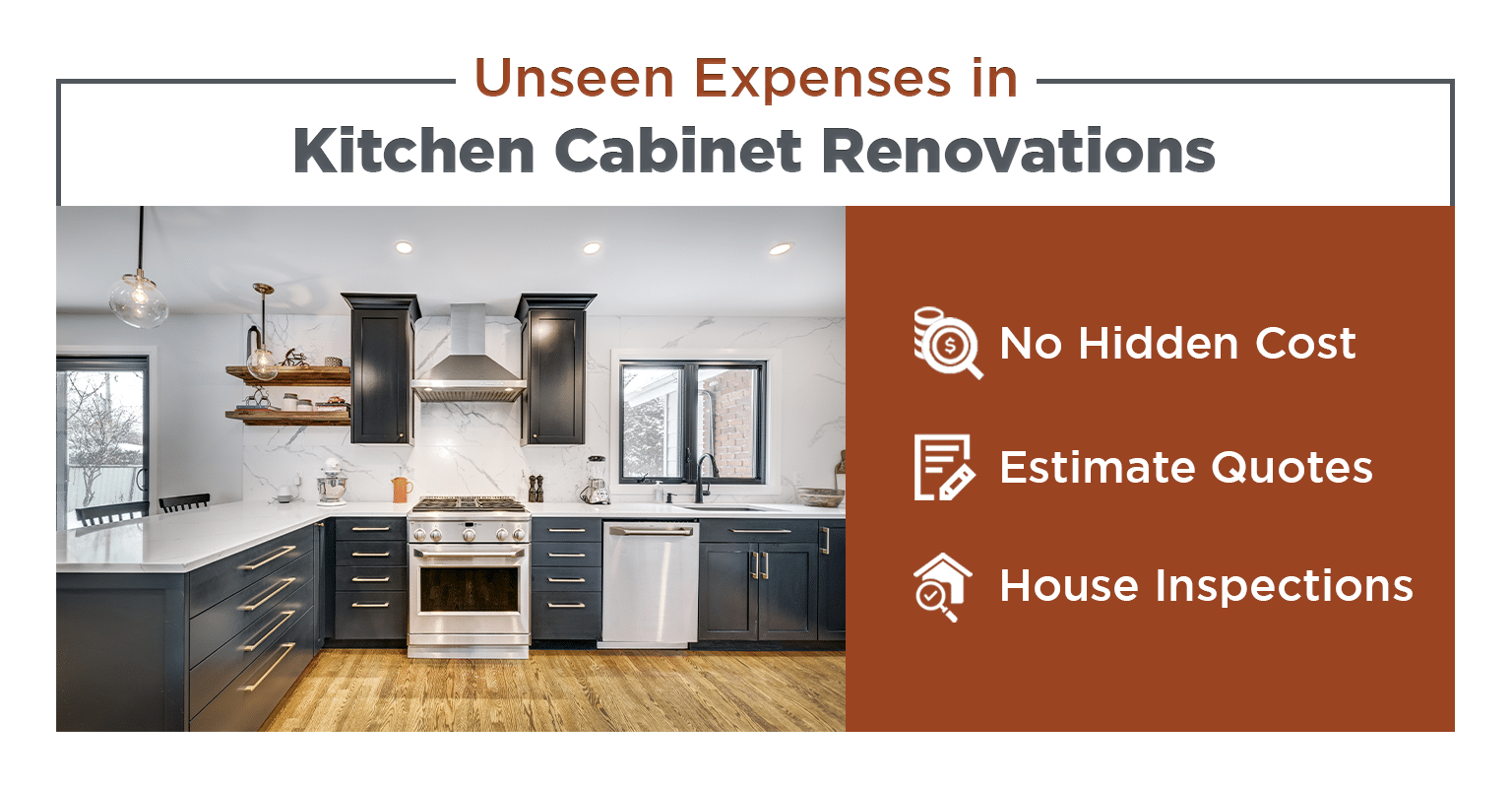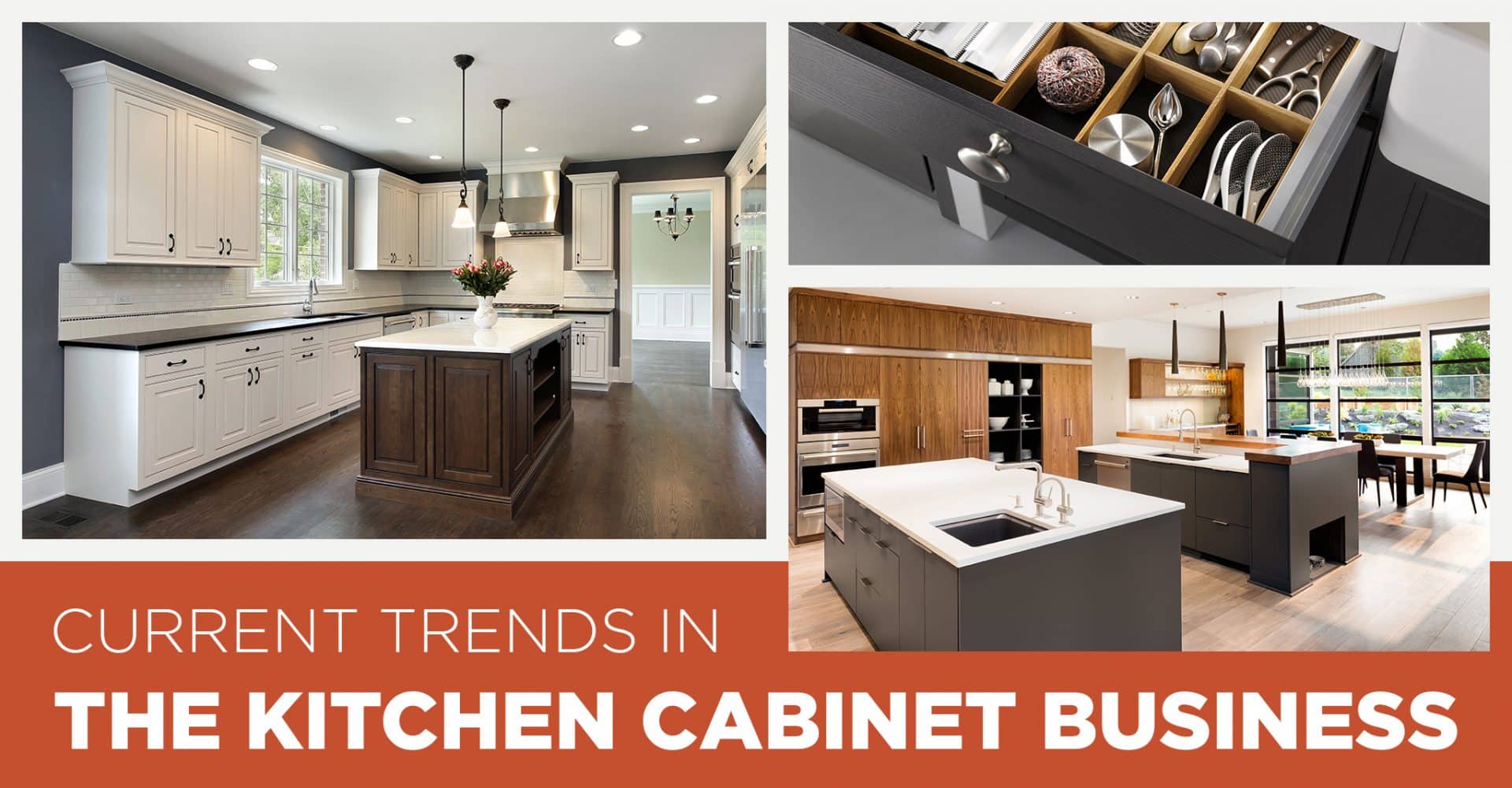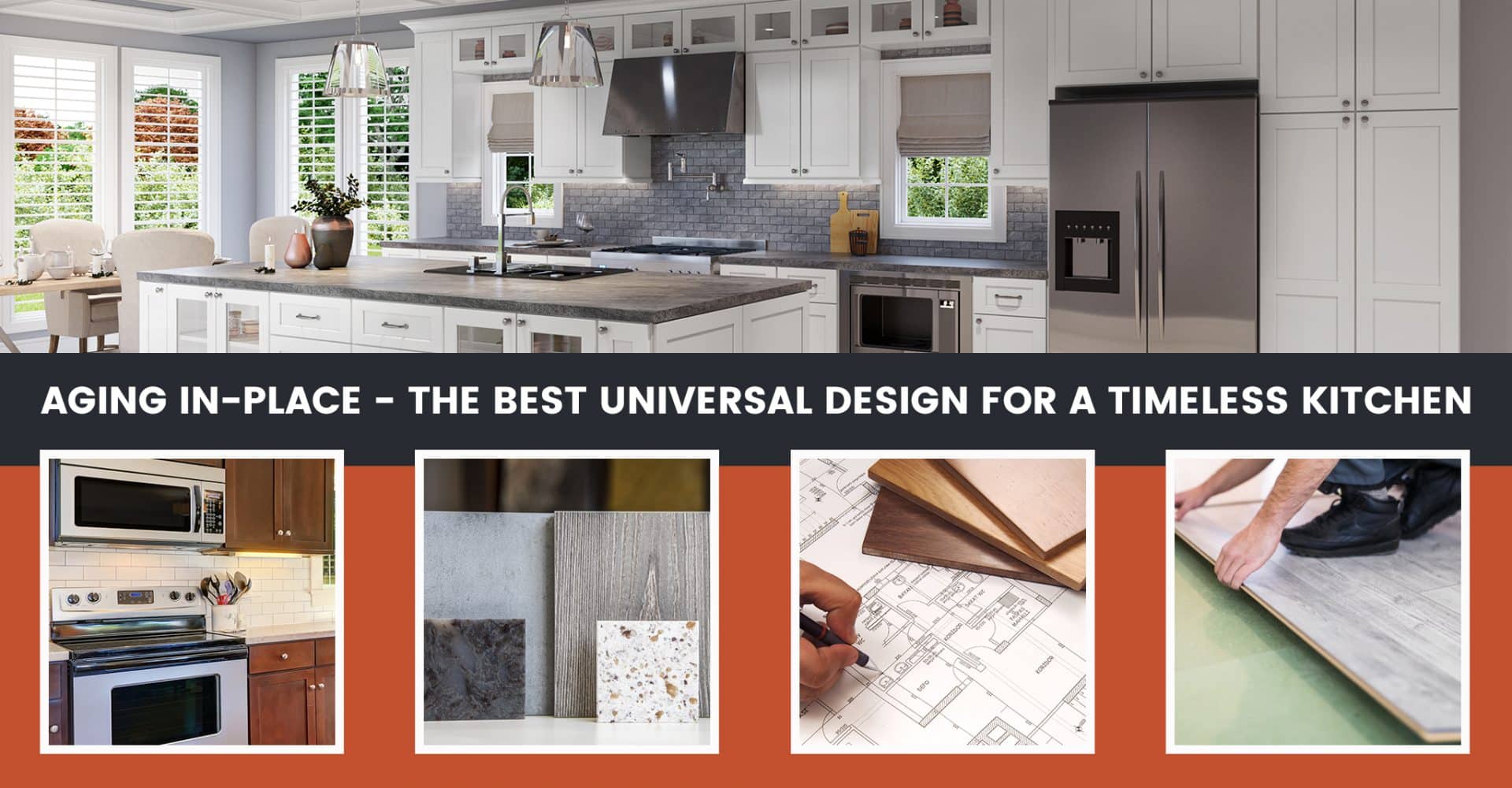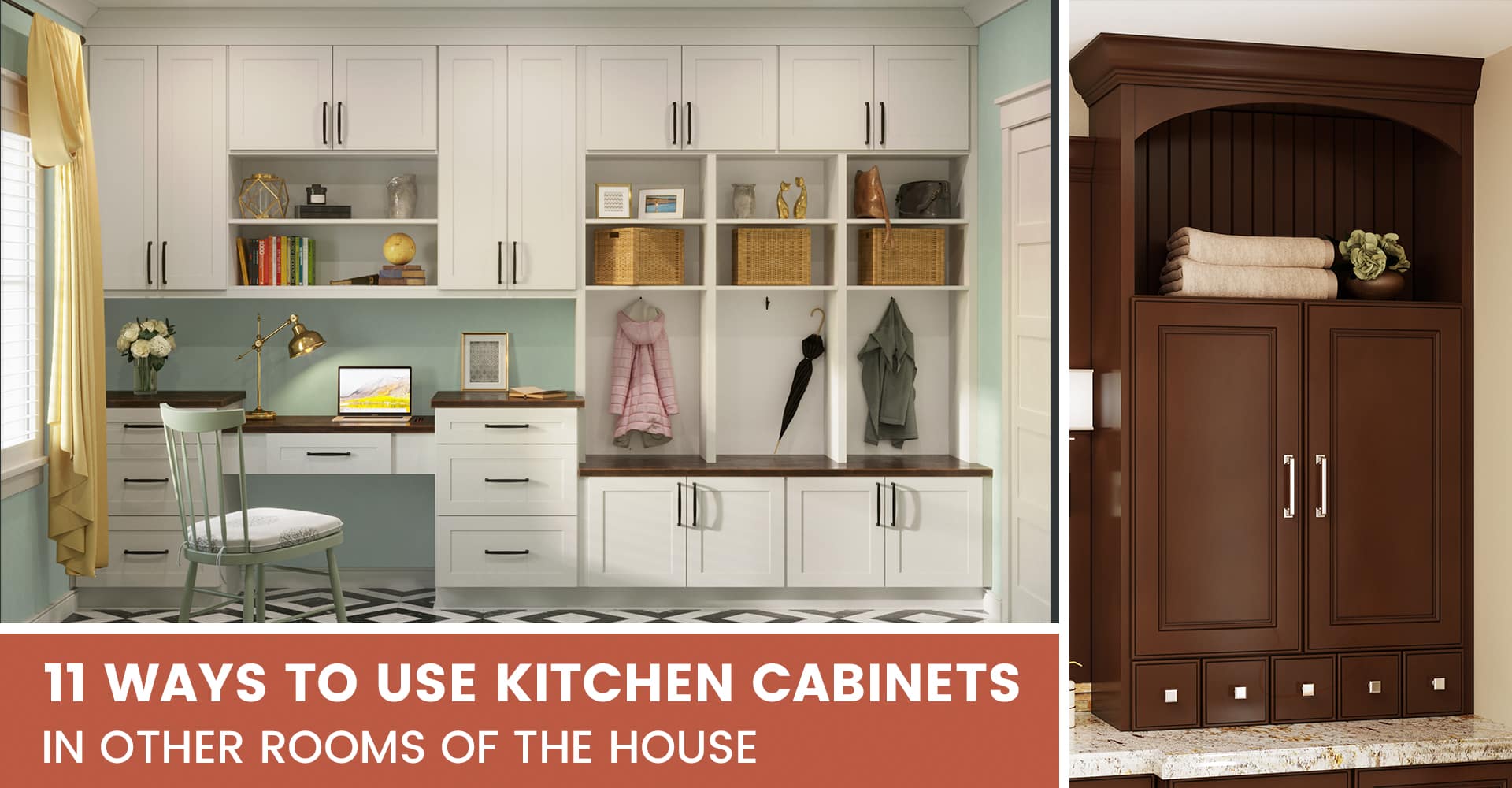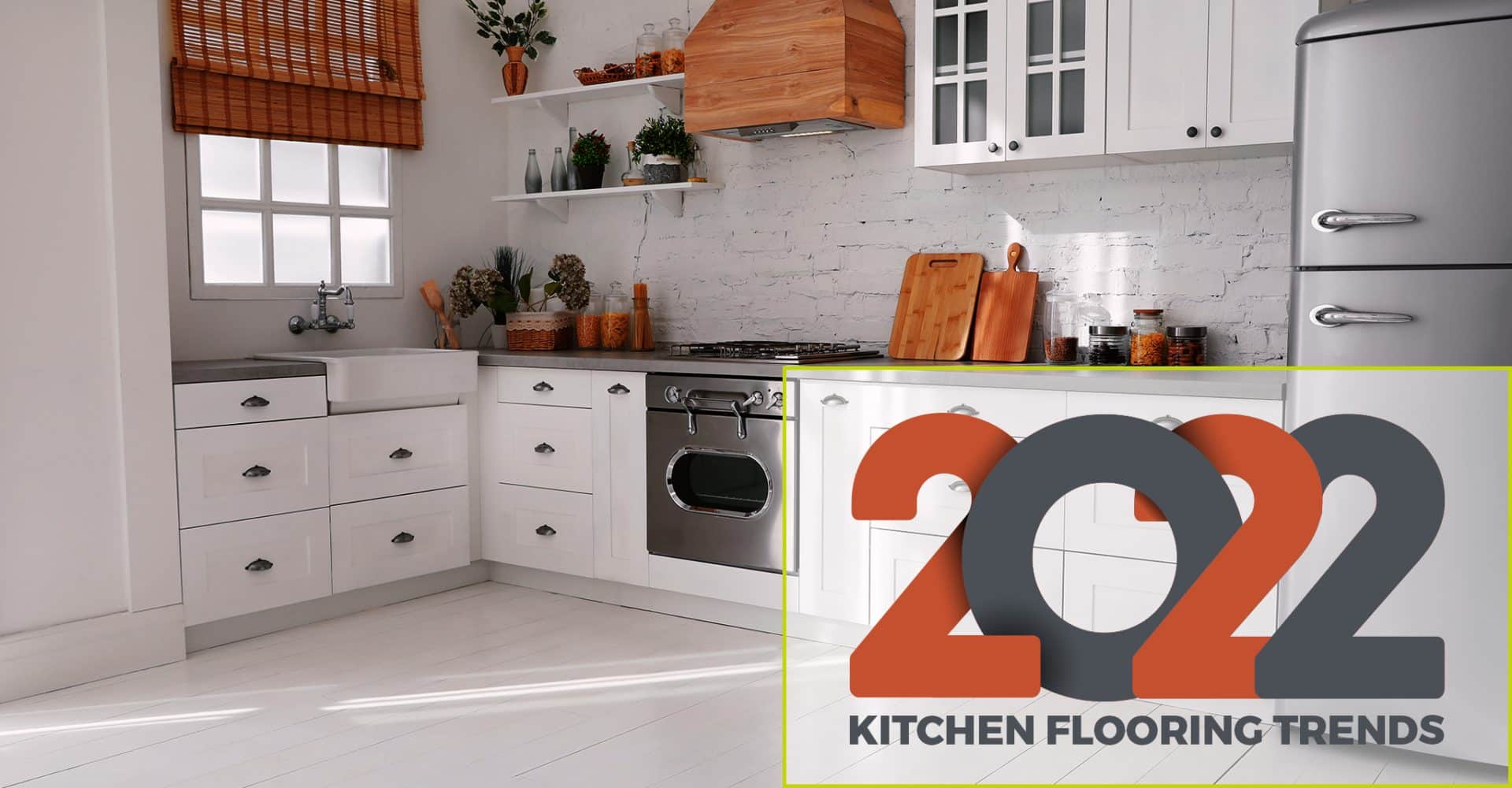Selecting hardware might seem minor, but it greatly affects the space’s look and function. As a builder, choosing the right cabinet hardware is key to designing a cohesive kitchen or bath. Here’s a comprehensive guide to help you make informed decisions and elevate your projects.
Understand the Style of the Project
The first step in choosing cabinet hardware is to align it with the style of the project. Different styles call for different hardware options:
- Traditional: Opt for hardware with ornate detailing, such as vintage brass or oil-rubbed bronze, for classic designs.
- Modern: Sleek and minimalist hardware, like brushed nickel or matte black, complements contemporary designs.
- Transitional: Transitional styles, blending traditional and modern, work well with versatile hardware like polished chrome or satin brass.
Consider the Functionality
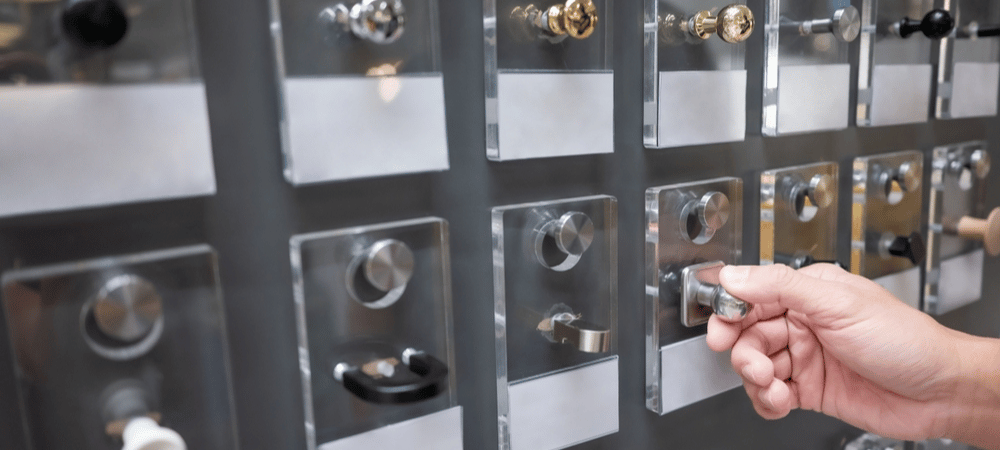
Functionality is as important as style. Think about how the hardware will be used and ensure it meets the needs of the space:
- Cabinet Pulls: Ideal for drawers and larger cabinets. Choose larger pulls for heavy-duty drawers to ensure durability.
- Knobs: Kitchen cabinet knobs are fitting for smaller doors and drawers because they are proportional. They offer a classic look and are easy to install.
- Handles: Use this for cabinets that require a more ergonomic grip, such as high cabinets or deep drawers.
Match the Finish
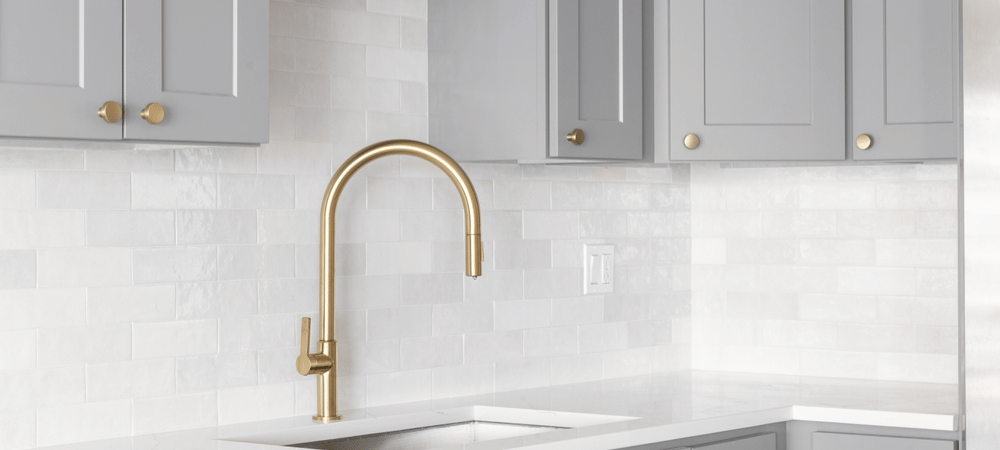
The finish of the hardware should complement other elements in the room, including cabinet finishes, countertops, and appliances. Popular finishes include:
- Chrome: Bright and reflective, chrome works well in modern and contemporary spaces.
- Brushed Nickel: Offers a softer shine, making it a versatile choice for various styles.
- Antique Brass: Adds a touch of warmth and classic charm, suitable for traditional designs.
- Matte Black: This creates a bold contrast and is perfect for industrial or minimalist looks.
Choose the Right Size
The size of the hardware should be proportionate to the dimensions of the cabinet or drawer. Oversized hardware on small cabinets can look out of place, while tiny hardware on large cabinets may seem trivial. Here’s a general guideline:
- Small Cabinets: Use smaller knobs or petite pulls.
- Large Cabinets: Opt for larger pulls or handles for a balanced appearance.
Consider the Material
The material of the hardware affects both its durability and appearance. Common materials include:
- Metal: Durable and often used for modern or traditional designs.
- Wood: Offers a cohesive look with wooden cabinets and adds a touch of warmth.
- Glass or Crystal: Adds elegance and is suitable for more decorative styles.
Think About Installation
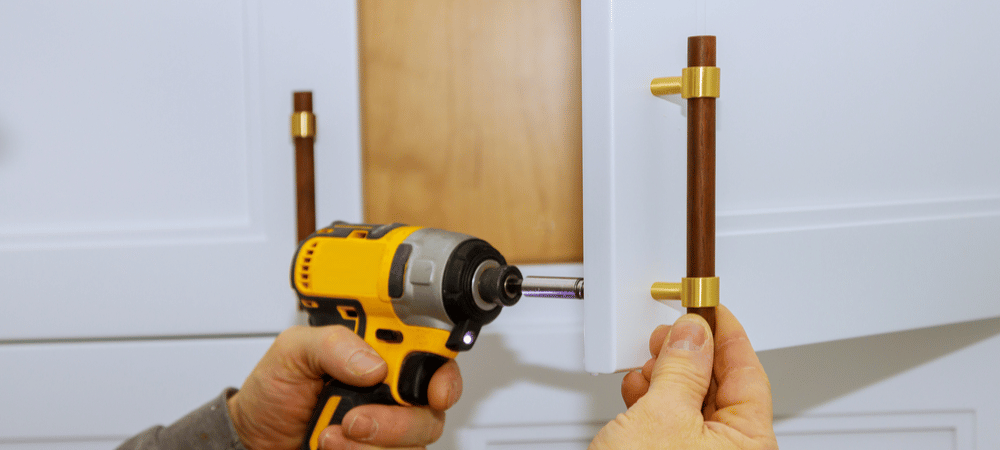
Ensure that the hardware you choose is compatible with the cabinet construction and can be easily installed. Some factors to consider include:
- Pre-drilled Holes: Check if the cabinet has pre-drilled holes and select hardware that fits these measurements.
- Hardware Kits: Some hardware comes with installation kits that include screws and templates, which can simplify the process.
Test for Comfort
Comfort is key, especially for frequently used cabinets. Test the hardware to ensure it is comfortable and provides a good grip. This is especially important for kitchen cabinets and drawers accessed multiple times daily.
Stay Within Budget
While choosing high-end hardware is tempting, staying within your budget is essential. Many affordable options offer both style and durability. Consider quality materials and finishes that provide the best value for money.
Consult with Clients
Finally, always involve your clients in the decision-making process. Let their preferences and expectations guide your choices to ensure you realize their vision. Provide options and samples to help them make an informed decision.
Final Thoughts
Selecting the right cabinet hardware is a critical aspect of any project. Understanding the style, size, material, and installation needs helps the hardware improve the look and function of the space. Consider clients’ preferences, and you’ll create cabinets that look great and function seamlessly.
For additional insights and recommendations on cabinet design, please stay tuned to our blog at CabinetCorp.


